Embroidery Essentials: A Comprehensive Guide to
The art of sewing has been around for centuries, evolving from a necessity to a beloved pastime. Whether you are a seasoned seamstress or a beginner, understanding the various tools used in sewing is essential to creating beautiful and well-made garments. Just like any other craft or hobby, sewing has its own unique vocabulary that can be intimidating for newcomers. Fear not, as we have compiled a comprehensive guide to sewing tools vocabulary to help you navigate the world of stitching.
1. Needle and Thread
Let’s start with the essentials of sewing - the needle and thread. A needle is a small, pointed tool used to pierce fabric and create stitches. It comes in various sizes and types, such as hand sewing needles, machine needles, and embroidery needles. The thread, on the other hand, is used to join pieces of fabric together. It is available in different types, including cotton, polyester, silk, and nylon, and comes in a variety of colors.
2. Measuring and Marking Tools
Precision is crucial in sewing, and that’s where measuring and marking tools come in. These tools help in ensuring that the garment fits perfectly. A tape measure, ruler, and seam gauge are essential for taking body measurements and marking pattern pieces accurately. Tailor’s chalk or fabric markers are used to make temporary marks on the fabric, while a tracing wheel and tracing paper are used to transfer pattern markings.
3. Cutting Tools
Another crucial aspect of sewing is cutting fabric with precision. A pair of fabric scissors is a must-have for cutting fabric, while a pair of thread snips is used to trim threads. Rotary cutters and cutting mats are also useful for cutting patterns, especially for quilters. Pinking shears, on the other hand, are used to create a zigzag edge on fabric that prevents fraying.
4. Sewing Machines
Sewing machines have revolutionized the art of sewing, making it faster and more efficient. There are various types of sewing machines, such as mechanical, electronic, and computerized, each with its own set of features. A sewing machine has essential parts, including a bobbin, presser foot, and needle, and is used to create different types of stitches, such as straight, zigzag, and buttonholes.
5. Pressing Tools
Pressing tools are used for ironing fabric and creating crisp seams. A steam iron is used to remove wrinkles from fabric, while a tailor’s ham or seam roll is used to press curved areas such as collars and seams. A pressing cloth or a piece of muslin is used to protect delicate fabrics from being damaged by the heat of the iron.
6. Notions
Notions refer to the small sewing supplies used in a project. These tools include pins, hand sewing needles, zippers, buttons, and snaps. They are vital in ensuring the garment stays together and functions properly. Notions also include specialized tools such as bodkins, seam rippers, and thimbles.
7. Specialized Tools
Last but not least, there are specialized tools that are used for specific sewing techniques. These include an embroidery hoop for hand embroidery, a serger for finishing seams, and a bias tape maker for creating bias tape. Other specialized tools may include knitting needles, crochet hooks, and elastic threaders.
Now that you are familiar with the essential sewing tools vocabulary, you can dive into your next sewing project with confidence. Remember, practice makes perfect, and as you continue to sew, you will become more comfortable with these tools and their uses. Happy sewing!
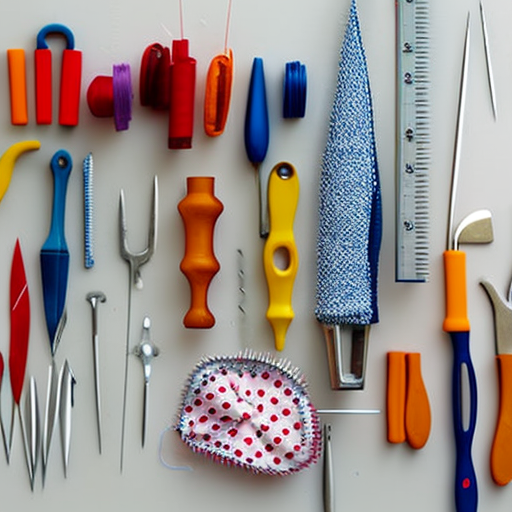

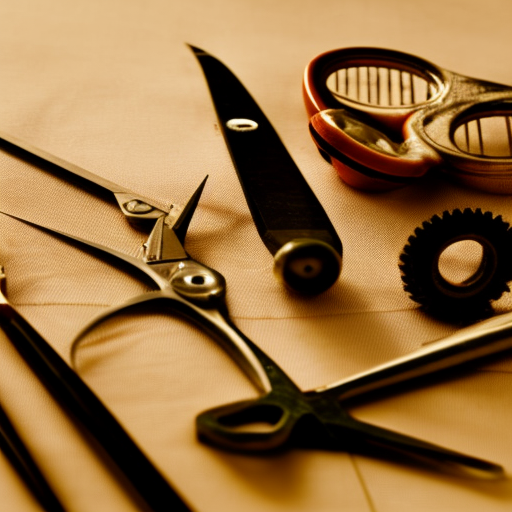
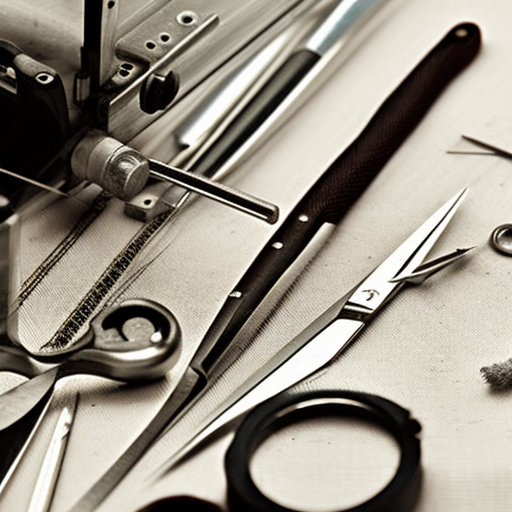
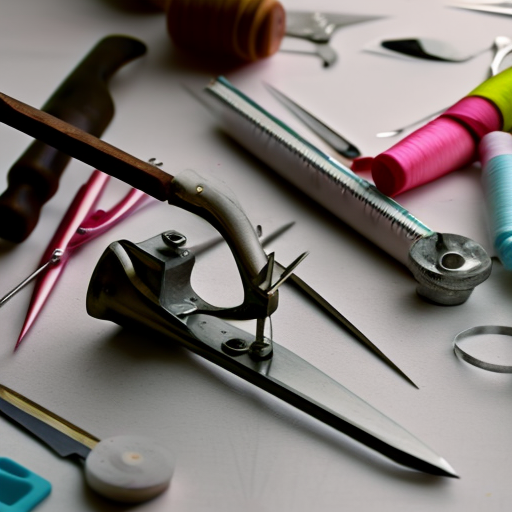
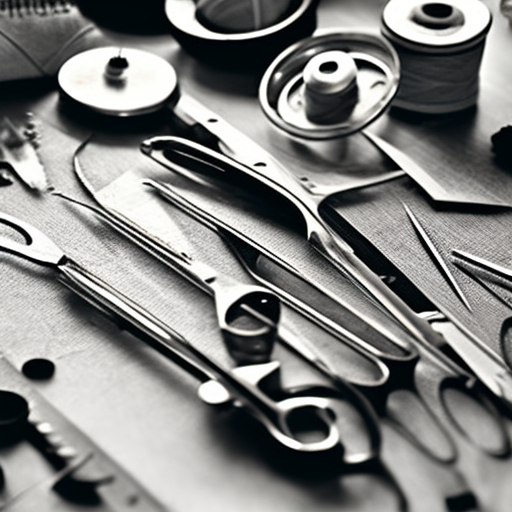
I’ve been wanting to learn how to sew! This looks like a great place to start
Lauren Smith: A helpful guide to the different types of sewing tools!
Great resource for anyone looking to learn the basics of sewing or expand their knowledge of different tools!
Perfect for both beginning and experienced sewers, this article makes it easy to become an expert in no time!